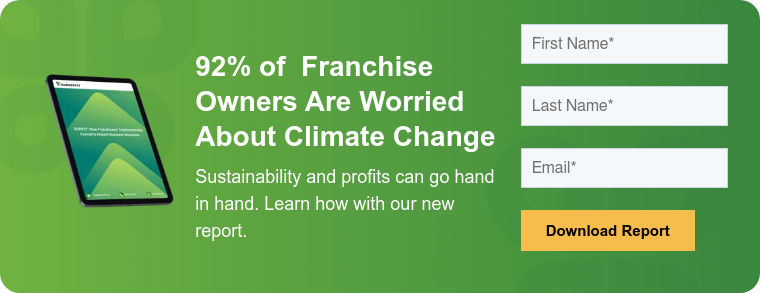
Decoding Solar Energy: A Glossary of Essential Solar Power Terms
Solar energy is quickly becoming more popular for a few key reasons. There is increasing urgency to reduce carbon emissions, and solar power is a clean alternative to the fossil fuels that release carbon into the atmosphere. At the same time, solar power is becoming more accessible thanks to lowering costs and government incentives.
Especially factoring in the rising costs of fossil fuels, more households and business locations are installing solar panels to reduce their carbon footprint and their dependency on expensive brown energy.
Yet, because it is still a growing field, there are some misconceptions about solar energy and a lot of terminology the average person may not be familiar with.
At Budderfly, we are focused on rescuing carbon emissions by lowering energy consumption and investing in solar. We thought it would be helpful to assemble a glossary of common words and phrases used when talking about solar energy.
SOLAR ENERGY GLOSSARY
Solar power: Solar power, or solar energy, refers to the energy that is produced when the sun’s light is harvested by installed panels that convert the light to usable electricity that can power a home or business location.
Panels: Solar panels are a sophisticated piece of technology that can be installed on roofs (and many other locations). They convert light rays from the sun into energy. Contrary to popular belief, they don’t only work on sunny days, as they can still harness the sun’s power even when it’s overcast.
Solar cells: Cells are the building blocks of panels. In other words, solar cells are devices that can each generate energy from the sun, and they are typically grouped and connected into a larger unit called a panel to create a higher level of electricity.
PV modules: Photovoltaic (PV) module is a more technical name for a solar panel. Photovoltaic refers to the type of technology that solar panels use to convert sunlight into electricity. Here’s how PV technology works, as explained by NASA:
When light energy strikes the solar cell, electrons are knocked loose from the atoms in the semiconductor material. If electrical conductors are attached to the positive and negative sides, forming an electrical circuit, the electrons can be captured in the form of an electric current -- that is, electricity.

[Source: NASA]

Inverters: Inverters are the part of a solar energy system that make the energy produced by the panels usable in a building. The inverter converts the direct current (DC) electricity, which is what a solar panel generates, to alternating current (AC) electricity, which the electrical grid uses.
Solar panel tiers: There are three different tiers of solar panels, and these classifications generally indicate how well a panel can perform, with Tier 1 being the best. Tier 1 panels are typically made with better materials, such as higher-grade silicon, and more sophisticated processes.
To be considered Tier 1, they need to meet certain criteria that demonstrate market confidence. For example, the manufacturer must have provided in-house manufactured PV modules to six different projects that have been non-recourse financed by six different banks over the past two years. This is considered an indication that the bank has confidence in the PV module manufacturer.
Power capacity: This term refers to how much power a certain model of panel is able to generate under ideal conditions, measured in watts or kilowatts. This can vary based on the quality and size of a solar panel.
Solar mounting: Mounting means how your solar panels are installed, which is impacted by where the panels will sit. You may mount panels on the roof of your building, on parking lot canopies, or even on the ground, and there are different methods of installation at each location.
There are even multiple ways to install panels on a roof, depending on the specifications of your building. Rail systems are installed directly on top of the roof, with flash footing mounts penetrating the roof to attach to the building structure. Ballasted fits don't penetrate the roof and instead use concrete ballast blocks to anchor the system in place.
Solar batteries: Solar batteries are storage systems that can store excess energy generated by panels for use at a later time, such as during the night when the sun isn’t generating energy.
These are just some of the common words and phrases you’ll encounter when you start to learn about solar energy, but it’s not an exhaustive list. Solar power can be complex, and new technologies are constantly being developed.
That’s why, if you’re a business owner looking to take advantage of all the benefits of solar energy, you should consider partnering with an energy-efficiency-as-a-service (EEaaS) company like Budderfly. As part of our no-cost energy efficiency upgrades for businesses, we also include solar panel installation. Learn how we can help your business lower energy usage overall and decrease reliance on fossil fuels. Contact us today.

